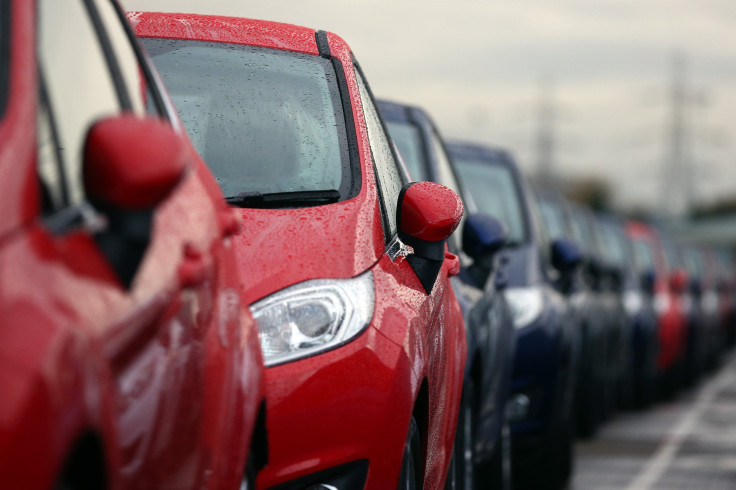Inadequate UV Protection In Automobile Side Windows Contributes To Skin Cancer, Cataracts: Study

Have you ever driven a car and felt the sun beat down on you through the side window? The heat and bright light can be uncomfortable while you drive, but research suggests this type of sun exposure is more dangerous than it is uncomfortable.
According to a new analysis, published online in JAMA Ophthalmology, the side windows of automobiles have inadequate protection from ultraviolet A (UV-A) light. This kind of light is weaker than UV-B light, the type of light that causes sunburn, but it is suspected to be linked to more long-term health effects, like skin cancer and cataracts.
The levels of UV-A protection between the windows of different automobile makes and models were previously unknown in the United States (they aren’t regulated), so Dr. Brian Boxer Wachler, leader of the new analysis, sought to discover them. Boxer Wachler measured the UV-A radiation in 29 different vehicles from 15 different manufacturers. The cars’ model years ranged from 1990 to 2014, but on average, the cars were produced in 2010, making them fairly newer models.
Boxer Wachler found the average percentage of UV-A blockage in windshields was 96 percent, but side-window blockage was only 71 percent. High levels of side-window UV-A blockage (greater than 90 percent) were only found in four of the 29 automobiles.
"Automakers may wish to consider increasing the degree of UV-A protection in the side windows of automobiles," Boxer Wachler wrote.
Windshields, by law, are made with laminated glass to minimize injury upon shattering. This, in addition to the extra-thick glass that is used, makes windshields extra protective from the sun. Side windows are less regulated, however, and are produced to be much thinner with no plastic support. Adding custom tints to the side windows of automobiles can add immense protection from the sun, but the practice is illegal in many states.
It may not seem like the sun can do much damage to your skin through a car window, but in 2007, the St. Louis University School of Medicine discovered that skin cancer occurs on the left side of the body more often than the right, suggesting the UV-A exposure while driving increases the risk of developing cancer. Moreover, these cancers appeared more frequently on parts of the body that are exposed while driving, such as the head, neck, arm, and hand.
So what can we do to protect ourselves? The easiest way to get extra protection from UV-A light in an automobile is to apply sunscreen above SPF 15 at least 30 minutes before you drive. Though UV light can actually penetrate through sunscreen — even sunscreens above SPF 50 — it will serve as a very helpful protective layer when combined with the partial protection from your car windows.
For those who need the most protection, the best idea is to cover up. Wearing long sleeves and clothing that covers the bare skin is the best protection from the sun. But at the least, everyone should consider wearing sunglasses during a drive. Experts say UV damage to the eyes can start in as little as 15 minutes.
Source: Boxer Wachler SB. Assessment of Levels of Ultraviolet A Light Protection in Automobile Windshields and Side Windows. JAMA Ophthalmology. 2016.



























